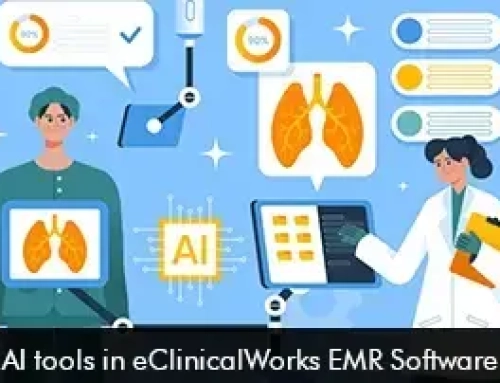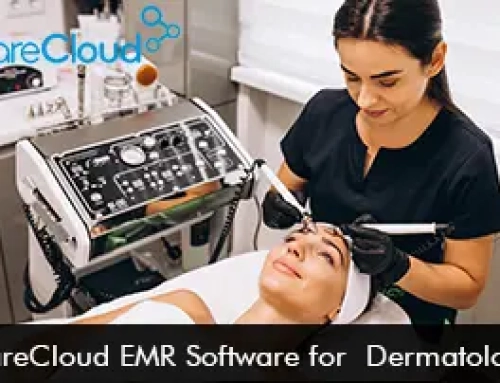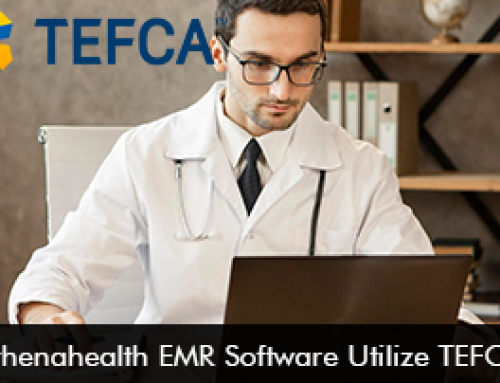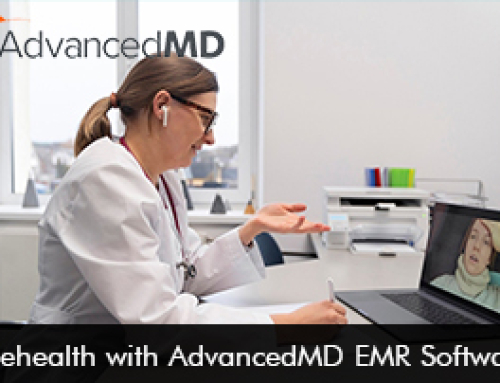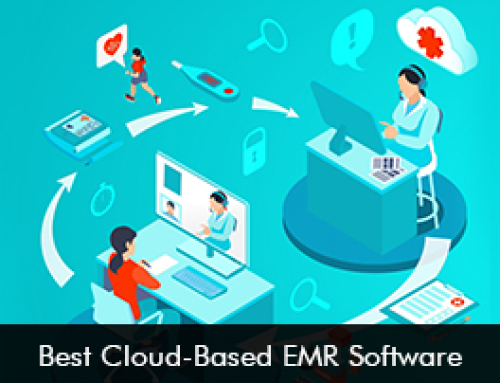Technology innovations like telemedicine sessions, temperature sensors, medical devices, and wearable devices can replace the need for in-person visits. This provides remote care opportunities for patients with chronic illnesses. Remote care and digital solutions were especially valuable during the global pandemic when it was advised by healthcare professionals to avoid going to crowded places.
Remote care can benefit patients with chronic conditions
In Pennsylvania, a pilot program conducted to bring remote care for older patients with complex underlying conditions and healthcare needs has revealed;
- A 35% decrease in visits to the ER
- 40% reduction in hospital admission rate
- Average yearly savings of $8,000 per patient
- Technology and Chronic Disease Management
Tech solutions for effective chronic disease management
Chronic disease can be easily managed from a patient’s home rather than visiting the hospital. Routine check-ups and follow-ups can be remotely tracked and managed through new tech solutions.
Follow-ups can be effectively managed through video sessions or remote patient monitoring tools without having to compromise the patient’s health. These technological advancements have made it possible for physicians to stay updated in real-time about their patient’s conditions and help to monitor chronic illnesses effectively.
Technology is evolving for the better providing better opportunities for chronically ill patients to receive care from the comfort of their homes. Telemedicine EMR Software implementation, mobile health, and sensors have greatly replaced visiting the doctor’s office or clinic. This has improved the overall care delivery process and even enhanced patient outcome levels.
Infrastructure Requirement to Manage Chronic Diseases Remotely
The following technology solutions need to be a part of the overall infrastructure to remotely organize chronic care management.
- Sensors and Devices – Medical devices and sensors for measuring blood pressure, temperature, and heart rate are helpful for the provider to keep track of a patient’s vitals. These sensors are integrated with mobile applications to monitor patient conditions remotely.
- Platforms – These platforms are HIPAA-compliant and provide a bridge of seamless communication between the provider and the patient. The platforms are robust tools that can integrate with devices and Electronic Medical Records (EMR) Software systems.
- Integration with EHR Software Solution – Integrating data from devices and sensors into the EMR Software system can facilitate data stability with the initial in-person session recorded in the EMR solution.
- Data Analytics – Medical devices and sensors can generate a lot of data and with the help of algorithms, this data can help support the healthcare provider’s decision-making process.
Functionalities necessary in the technology solutions or applications
It is critical that the technology used to manage chronic conditions have the following functionalities which can drive outcomes:
- Ability to group patients – Grouping patients according to risk factors, age, and disease conditions from the data available in the EMR Software. These patient groupings are essential to provide valuable information to send alerts and reminders to patients with chronic and underlying conditions.
- Ability to engage with patients – The technology solution used should allow for seamless two-way communication to track patterns and ensure necessary lifestyle changes are being made.
- Ability to integrate RPM devices and tools – Wearables and IoT technology should integrate with the EHR workflows. This can provide information at the point of care.
Final Takeaway
Successful integration of technology for chronic disease management requires planning and the right leadership policies to improve overall health outcomes. Technology developments in wearable devices and sensors make chronic disease management more affordable and convenient for patients. It is vital that once the technology is leveraged for chronic disease management healthcare professionals should track and monitor the program to evaluate its success.



